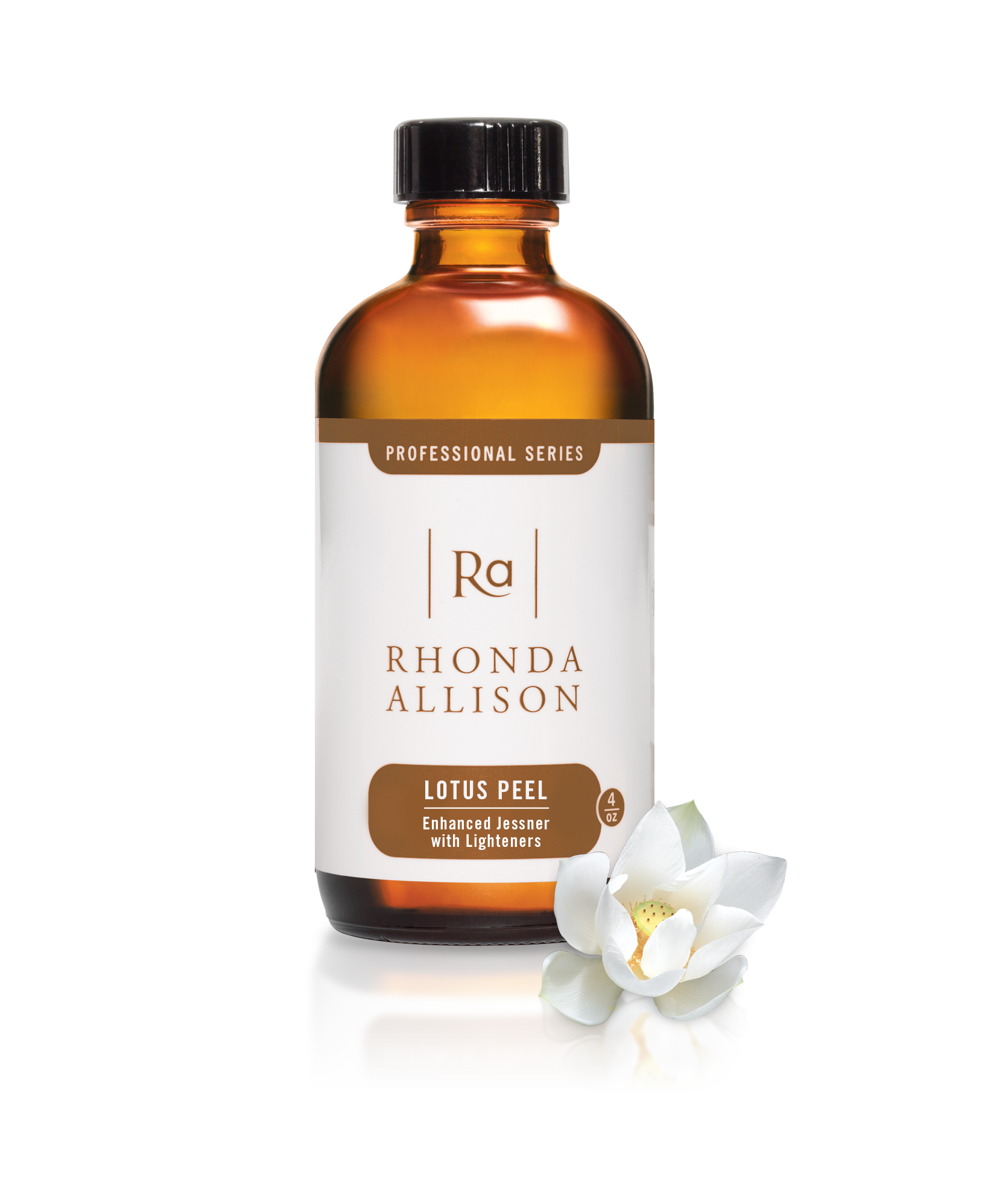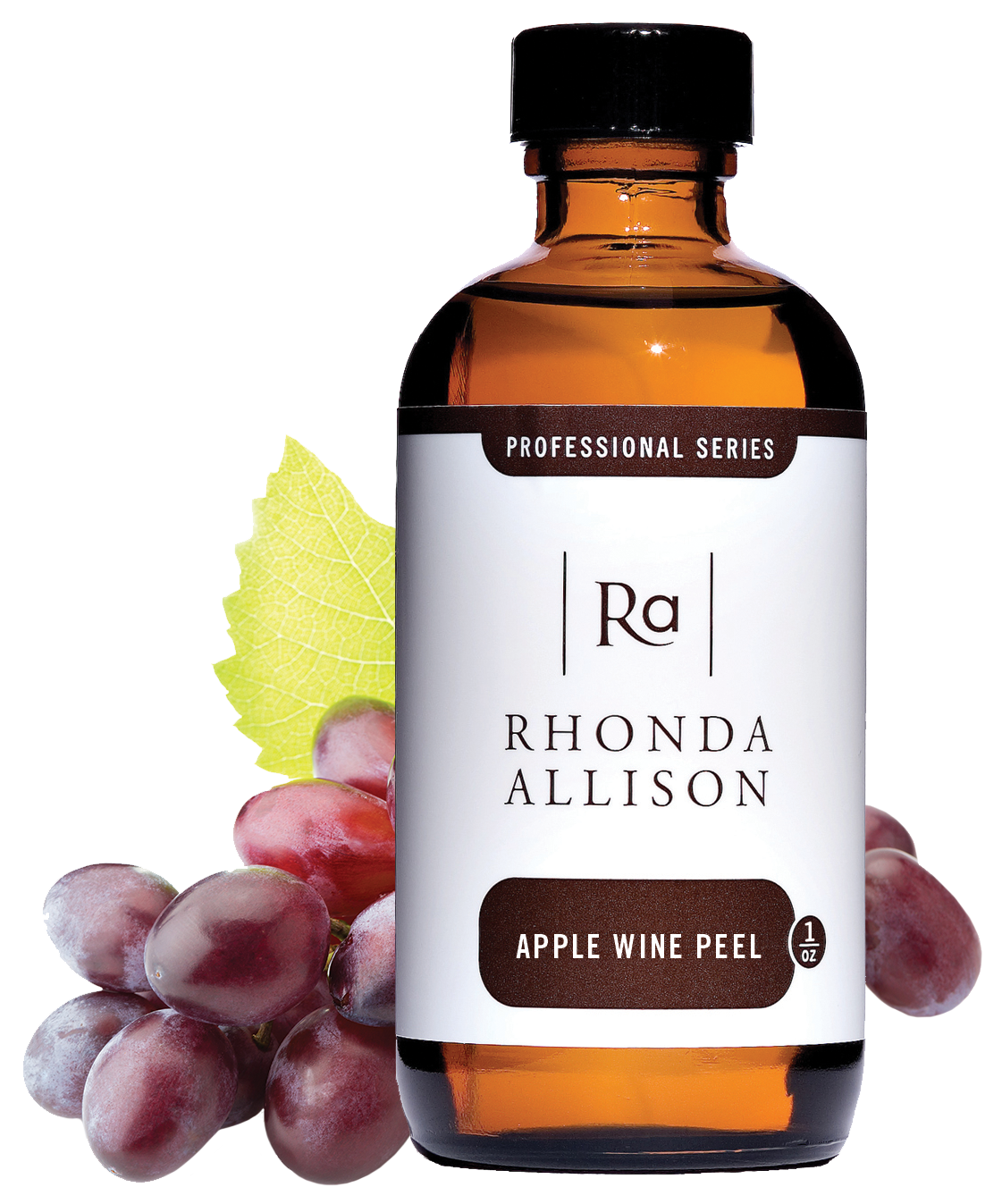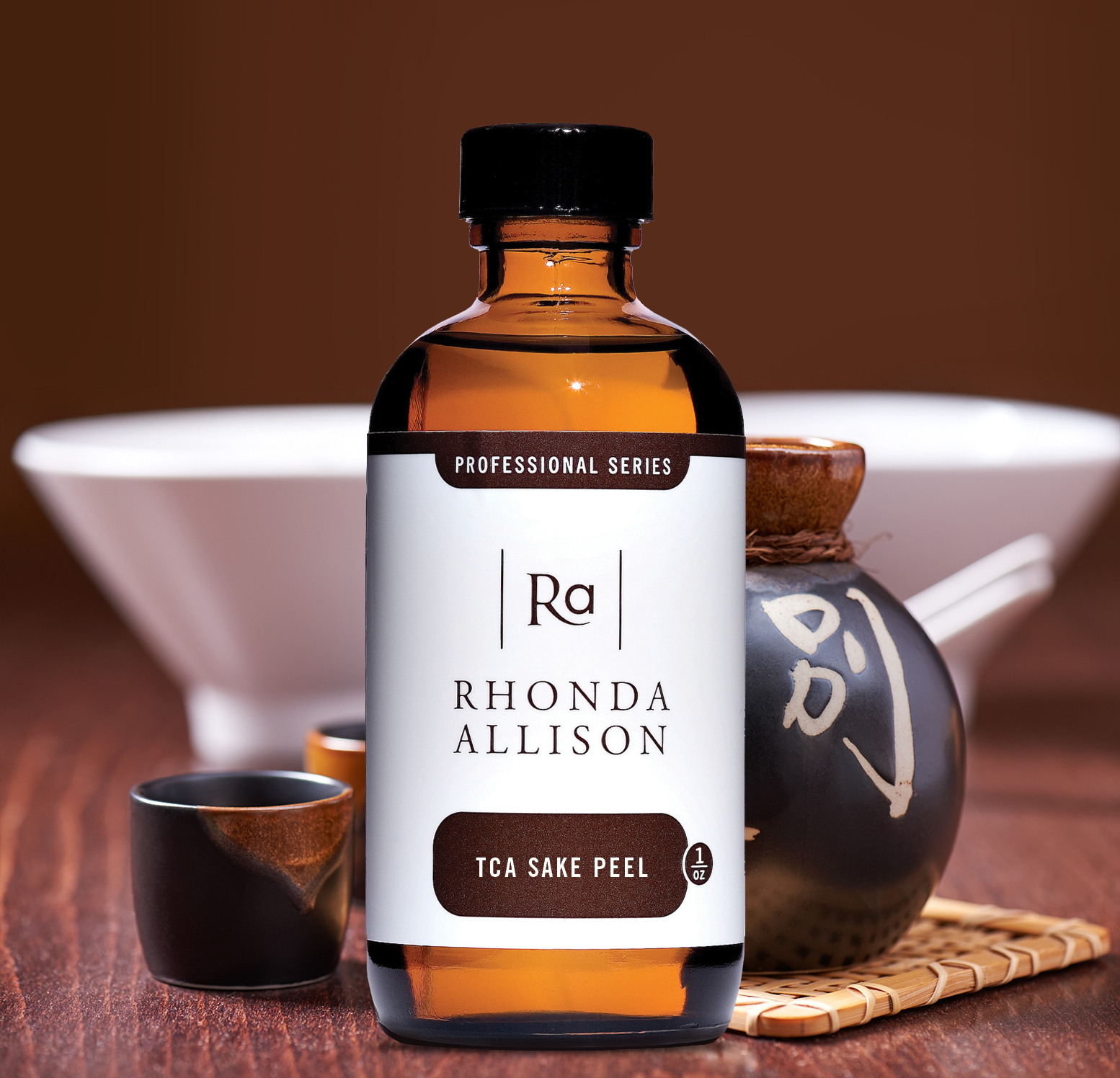Unique Acids
Unique Acids
Rhonda Allison has the most versatile array of exfoliation ingredients available. We are also set apart with our unique acids which have the ability to exfoliate and provide amazing cellular benefits. We believe peels should not only generate exfoliation, collagen, and elastin production, but also support the skin from a cellular level. Our unique acids do just that.
Flower Acids

Flower acids are the next generation of acids that resemble some of the benefits of AHA's, but with additional cellular support. Hibiscus Sabdariffa is known to provide additional cellular turnover, stimulate cell regeneration and boost the production of glycosaminoglycans, increasing hydration levels within the skin. This acid does all of this without causing irritation on even those with more sensitive skins.
Lotus Japonicus Symbiosome is another acid that is used in Rhonda Allison formulations. This flower extract is revered in Asian cultures and considered the plant of renowned beauty. This flower acid closely mimics the human body's hemoglobin and through a cellular reaction it helps slow down the formation of tyrosinase activity, lightening pigmentation.
Red Wine Vinegar

We have all heard the benefits of red wine. Red wine vinegar extract also has many benefits when used in acid formulations. Rich in resveratrol, this unique acid boosts anti-inflammatory support and stimulates cellular turnover and collagen synthesis. It is excellent for refining the skin and providing firming and toning benefits on fine lines, wrinkles, and enlarged pores.
Sake Ferment

Used for centuries by Geisha's to exfoliate their skin, this unique acid yields low molecular peptides which protect and smooth the skin. Rich in ferulic acid providing antioxidant support, this acid delivers cellular support for many skin types.
Differences in Acid Formulations
Not all acids are created equal. It is important to know the four factors which can impact how an acid affects the skin. The four factors are chirality, pH, percentage, and base.
CHIRALITY
The science of chirality has an impact on how ingredients affect the skin. Chirality is a chemical process that takes the ingredient from its natural state and improves it by mirroring the more perfect side of the molecule. Think of it like handedness. When an ingredient has been chirally corrected the efficacy, strength, and purity is increased. To identify chirally corrected ingredients, look for the singular letter L, D, or R in front of or behind the ingredient name ie. L-Lactic Acid or Lactic Acid (L).
pH
The pH of an acid affects how it penetrates through the acid mantel of the skin and into the epidermal layers. Healthy skin has a normal pH of 5.5 and acid formulations may range from a 3.0 or less. The lower the pH means the difference in an acids strength and how it will react with the skin.
PERCENTAGE
Percentage of an acid is also important; however, how it reacts on the skin will also depend on the pH. You can have a 70% glycolic acid with a high pH and a 20% glycolic with a low pH and they will affect the skin differently. The 20% glycolic with the lower pH will penetrate the acid mantel and epidermal levels, creating a change in the skin.
BASE
What type of base the acid is in has an impact on how it will perform on the skin. Acids in a cream base will be more concentrated to the stratum corneum, versus an acid in a polymer base which will allow for more even penetration into the epidermal layers, thus creating a more even peel throughout.
